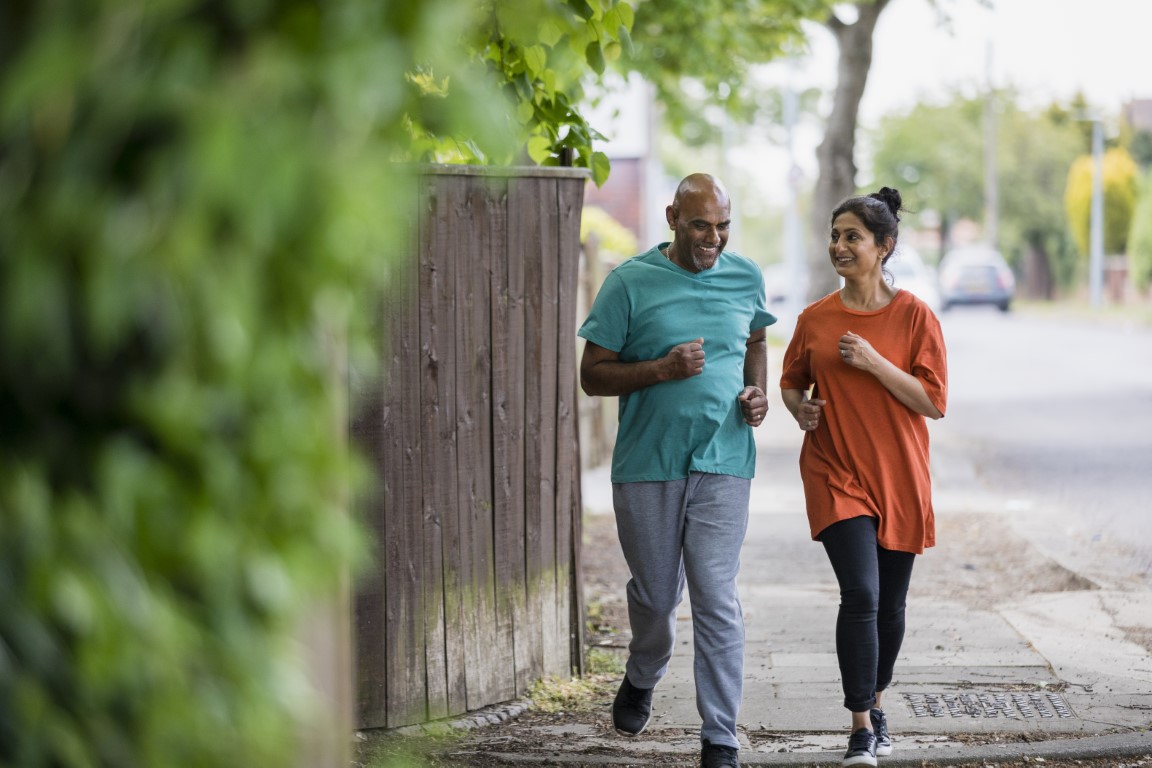Topics
Types of athlete’s foot
Athlete's foot or tinea pedis is a common fungal infection of the skin on the foot. It is a contagious infection and can spread from person to person through direct contact with an infected person or by contact with contaminated surfaces such as floors, towels, or shoes.
There are a few types of athlete’s foot.
- Interdigital tinea pedis: This type of infection is characterised by pruritic erosions or scales between the toes, particularly in the third and fourth toes. There may also be painful fissures between the toes.
- Moccasin-type tinea pedis: Scaling and thickening of the soles may extend to the sides of the feet in a moccasin distribution.
- Vesiculobullous (inflammatory) tinea pedis: This infection typically affects the soles of the feet with bumpy or fluid-filled blisters (vesicles). However, it can also appear anywhere on the foot.
- Ulcerative infection: Acute ulcerative infections are the most uncommon form of athlete's foot whereby open sores (ulcers) develop between the toes or the bottom of the feet.
Athlete’s foot symptoms
- Itchy white patches between the toes
- Red and flaky patches on the feet
- Cracked skin on the feet which may bleed
- Fluid-filled blisters on the soles or sides of the feet
Athlete’s foot risk factors
Infection is typically acquired by direct contact with the causative organism. Following are the risk factors for developing athlete’s foot:
- Having wet or sweaty feet
- Frequently wearing enclosed footwear
- Walking barefoot in public areas such as locker rooms or pool facilities
- Sharing of footwear of someone with athlete’s foot
- Touching the affected skin of someone with athlete’s foot
Athlete's foot diagnosis
Your doctor would first question your general health and symptoms before conducting a thorough physical examination. Diagnosis is made based on your reported symptoms, physical examination, and investigations.
A potassium hydroxide (KOH) preparation done on skin scrapings from affected areas is the primary approach for confirming athlete’s foot.
Athlete's foot management and treatment
Athlete's foot can be effectively treated with over-the-counter medication and prescription topical and oral antifungal medications.
Topical antifungal treatment is usually applied once or twice daily for four weeks. Examples of topical antifungal medications include azoles, allylamines, ciclopirox and butenafine.
Examples of oral antifungal medication include fluconazole, itraconazole and terbinafine.
It is crucial to get athlete’s foot treated. Left untreated, the infection can spread to other parts of the body, including nails, hands, and groin. It may lead to complications, including bacterial infections such as cellulitis, as the cracked and irritated skin can be an entry point for bacteria.
It can also cause significant discomfort and itching, making it difficult to wear or walk with shoes.
Athlete's foot prevention
Here are some ways to prevent athlete's foot:
- Always wear flip-flops or sandals and avoid going barefoot in public showers, pools, saunas, and communal locker rooms.
- Make sure to dry your feet and the space between your toes thoroughly after swimming or bathing.
- Use soap to thoroughly wash your feet and the spaces between your toes.
- Avoid wearing closed shoes and socks made of materials that do not dry quickly, for example, nylon.
- The infection should be treated with prescribed medication.


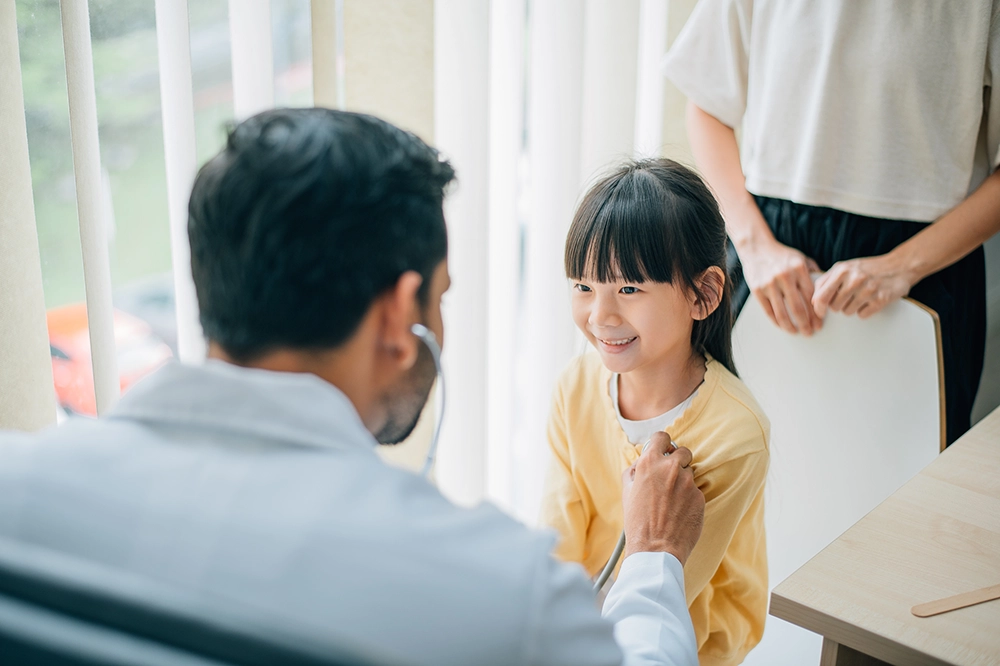
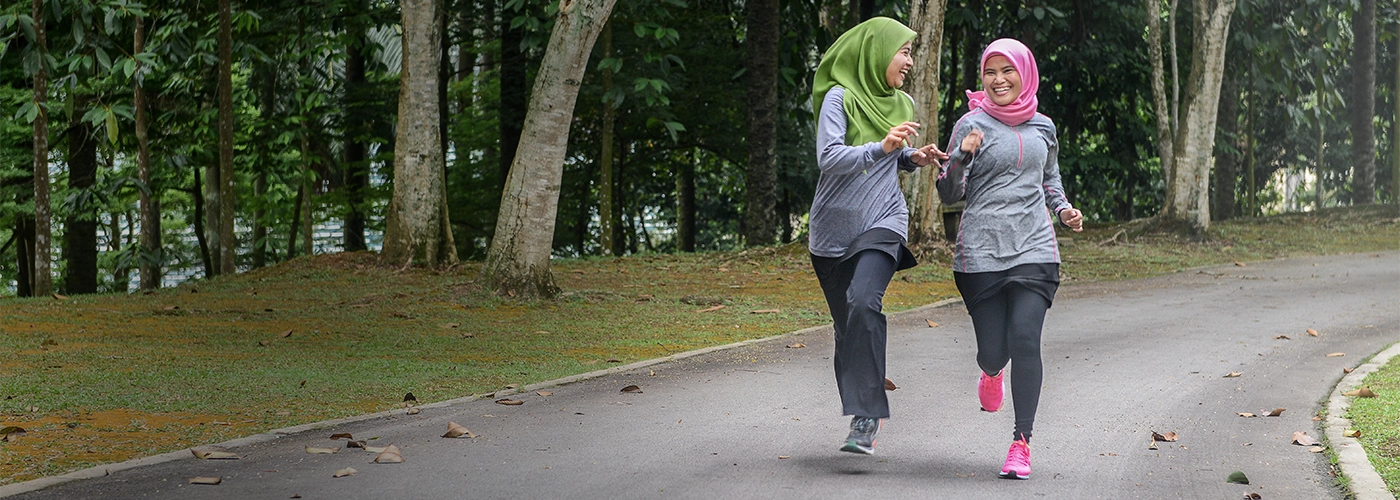
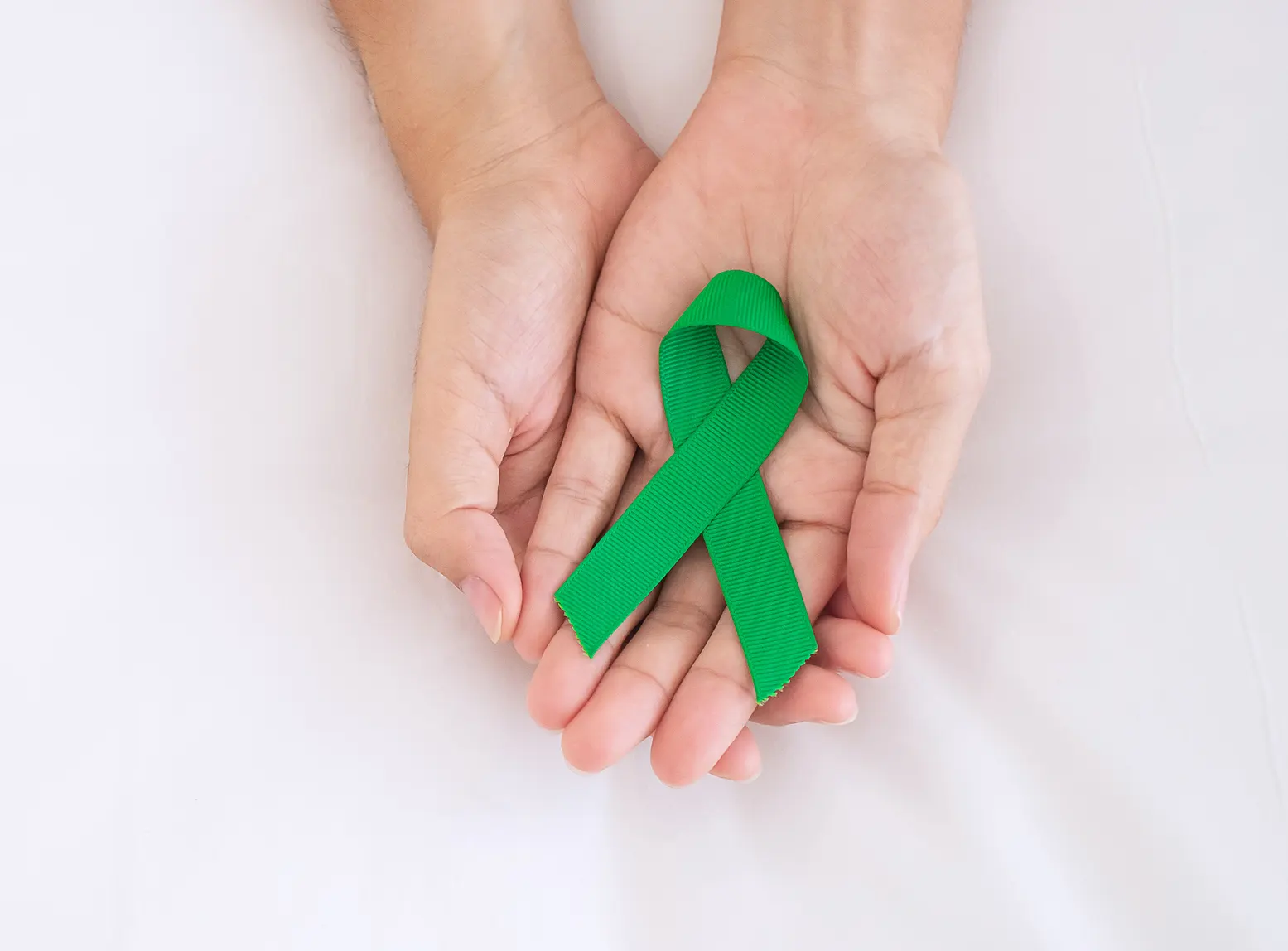








.webp?sfvrsn=a6d32366_7)


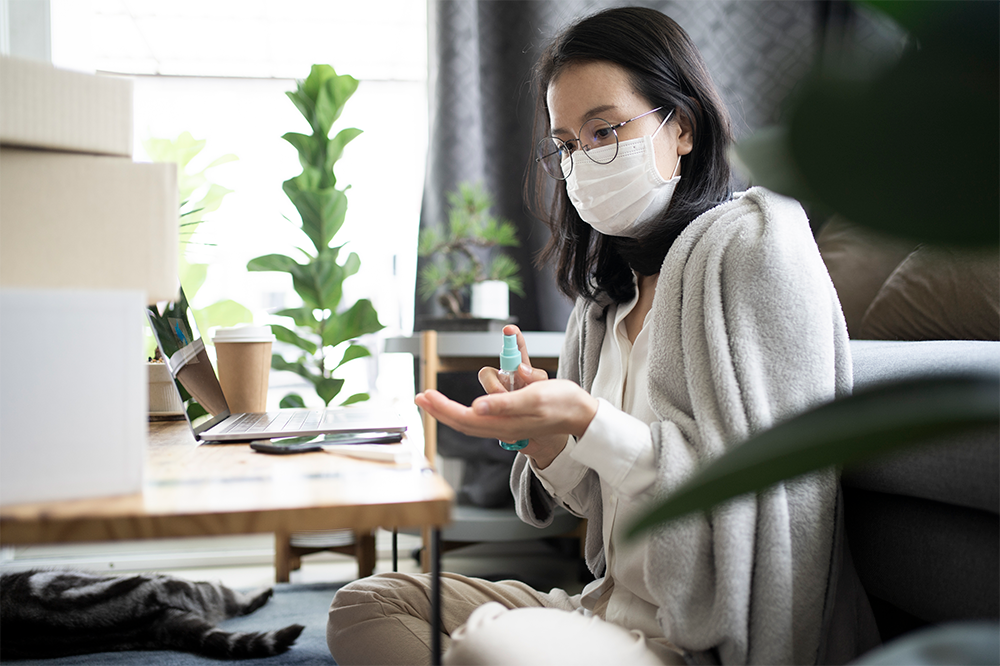


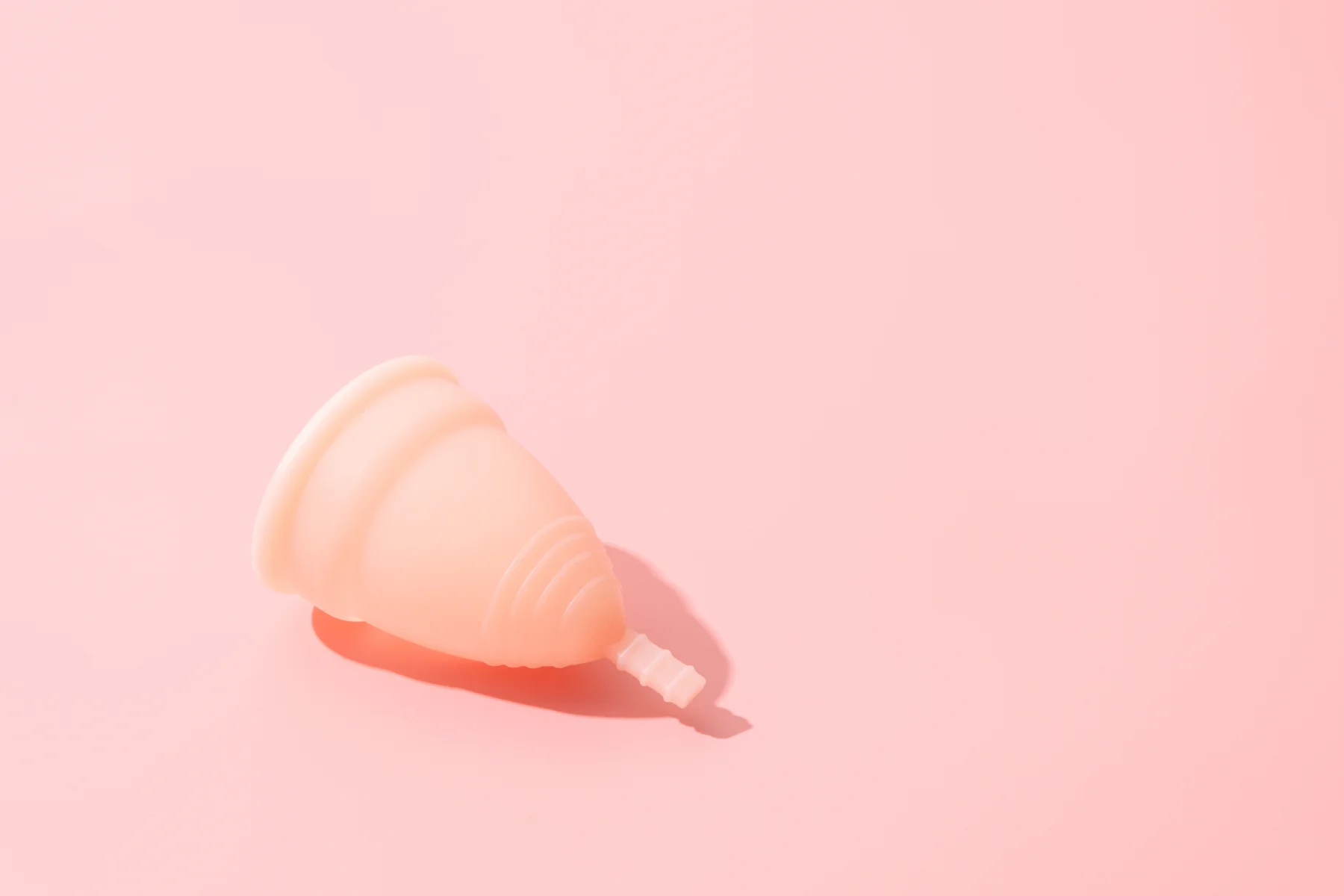

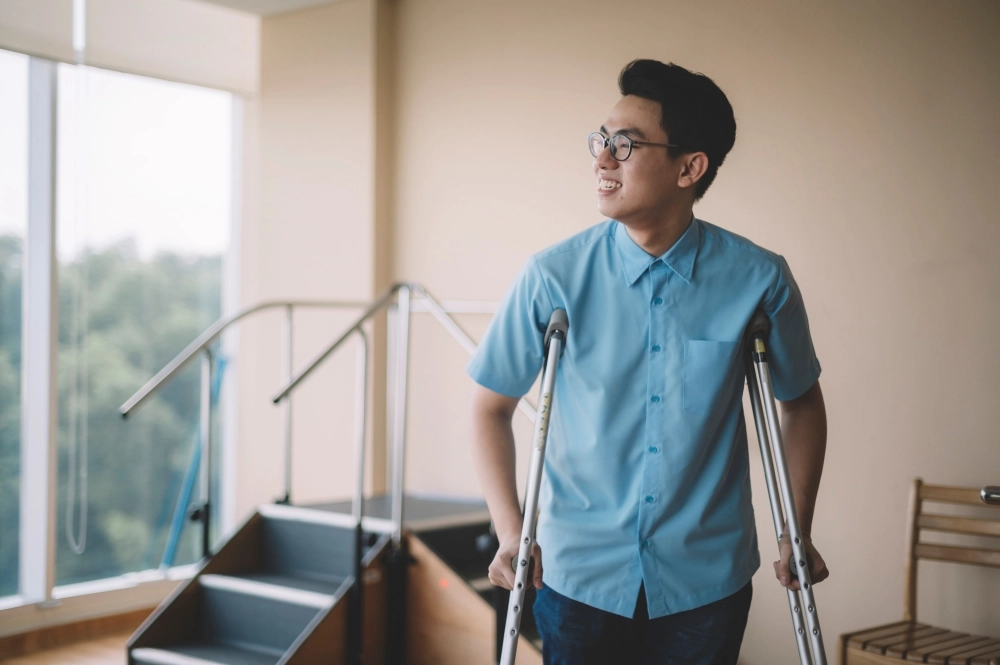
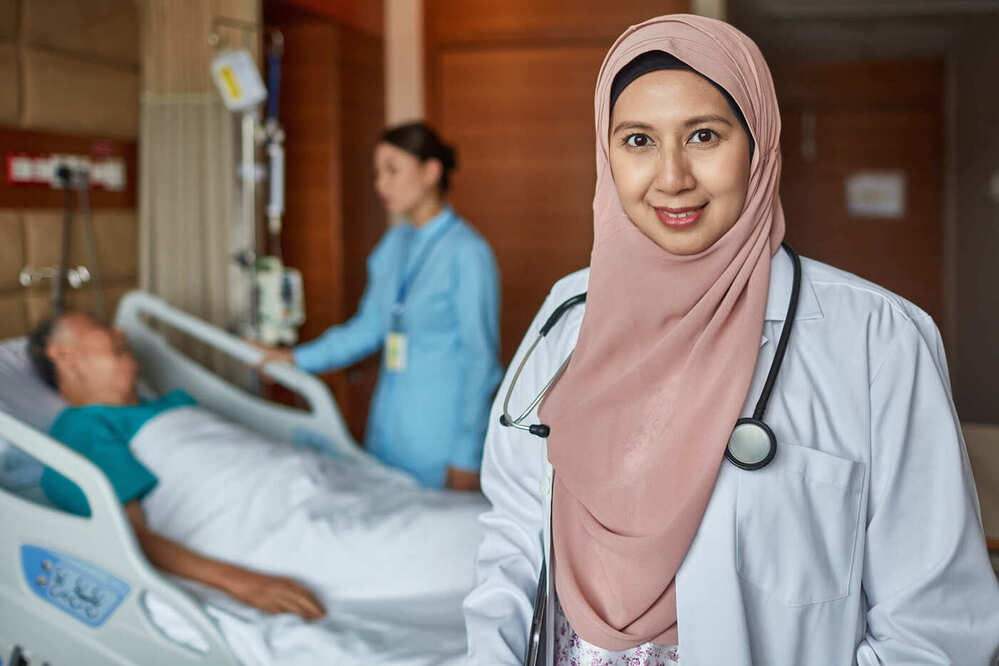

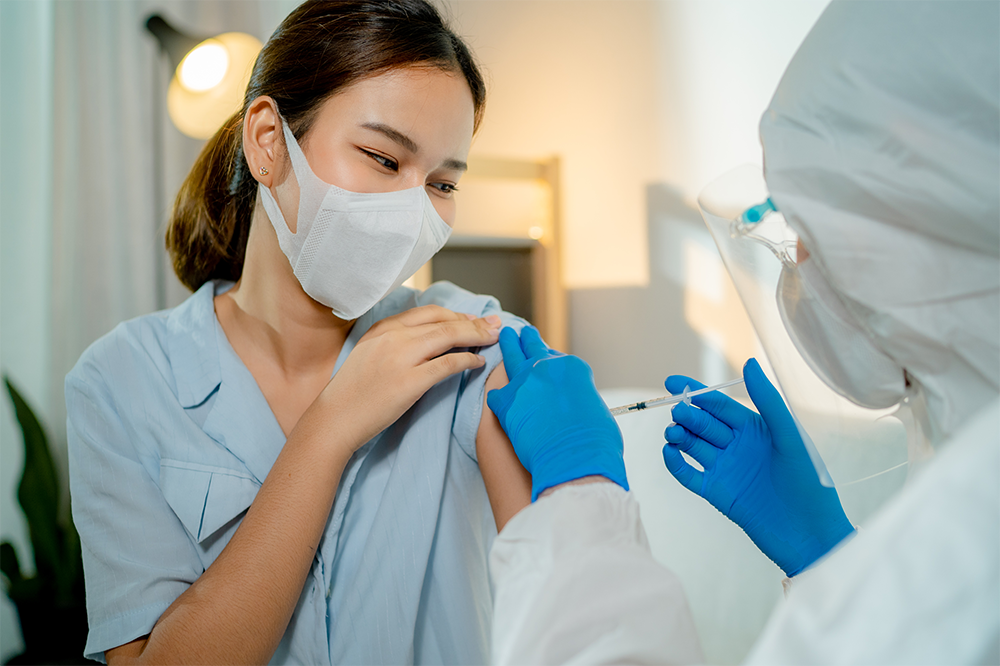






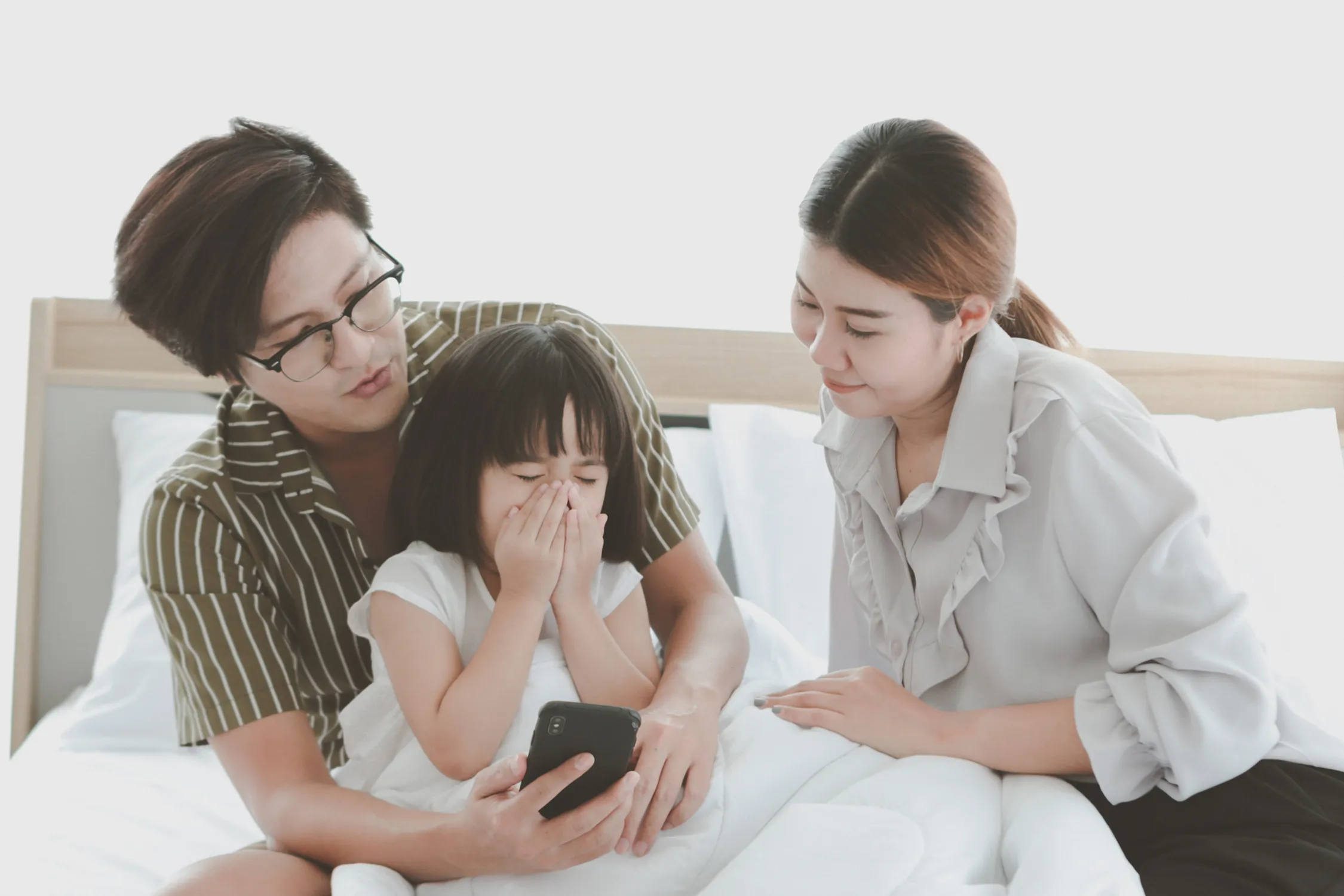
















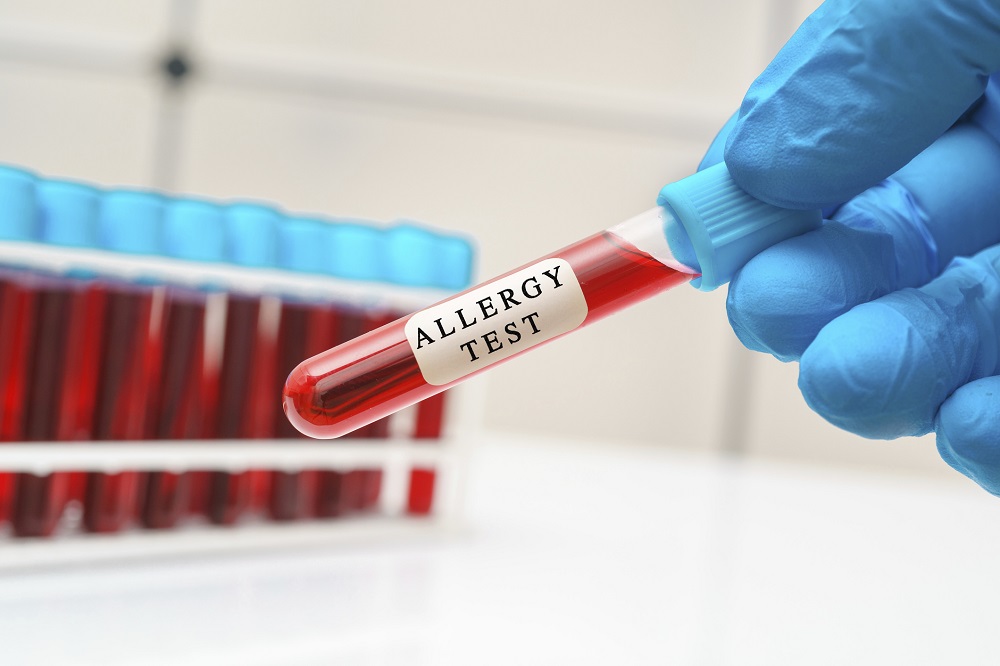




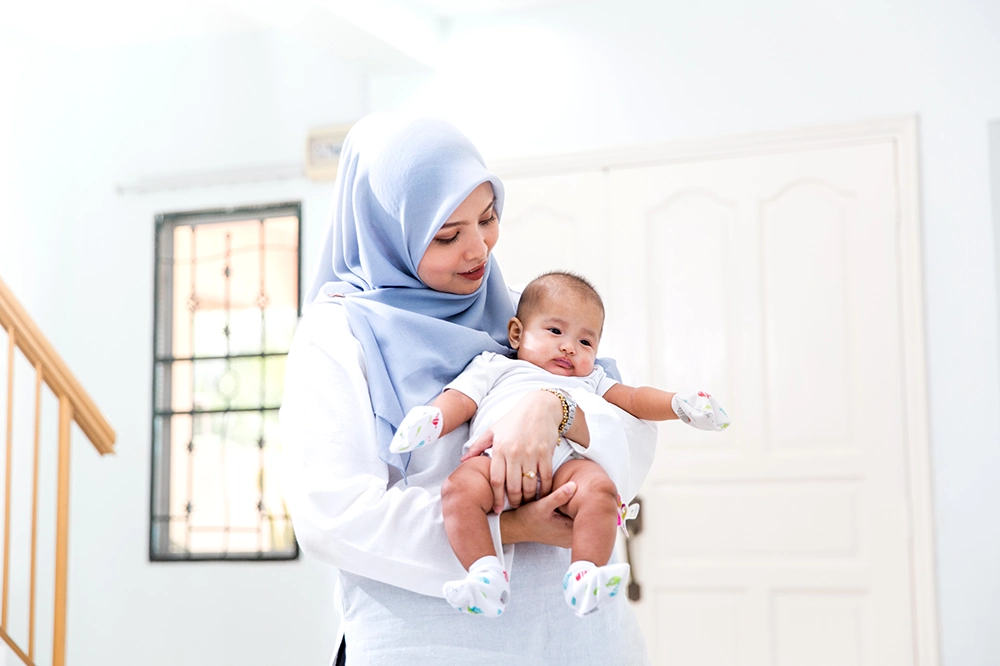
.webp?sfvrsn=91e22b26_8)


